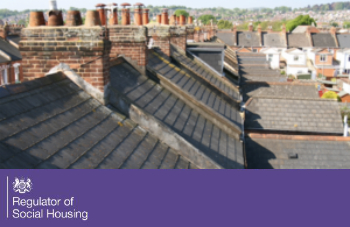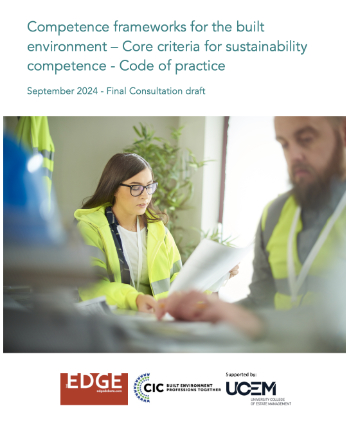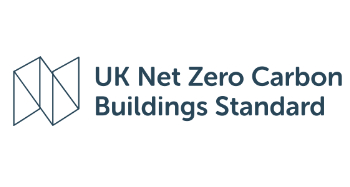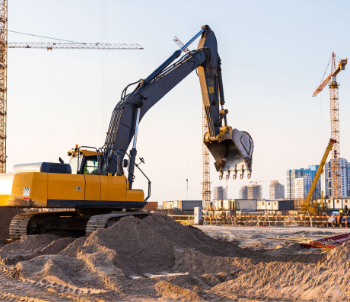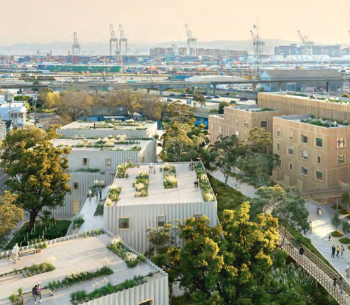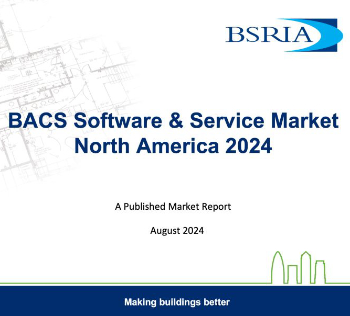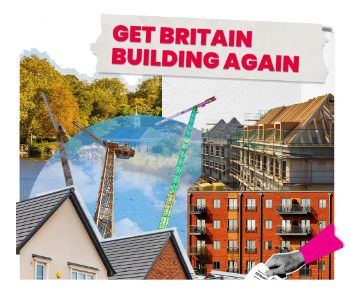Building damp-free cavity walls
Building damp-free cavity walls involves proper design, construction, and maintenance to prevent the accumulation of moisture within the cavity space. Cavity walls are constructed with an outer and inner leaf separated by a gap known as the cavity. Here are some essential steps to ensure damp-free cavity walls:
1. Proper Design:
Ensure that the cavity wall system is correctly designed to include adequate ventilation and drainage measures. A well-designed cavity will allow water to drain away from the wall effectively.
2. Quality Materials:
Use high-quality materials for the cavity wall construction. This includes appropriate bricks or masonry for the outer and inner leaves, along with durable cavity wall ties and insulation.
3. Cavity Wall Insulation:
Proper insulation helps regulate the internal temperature of the building and prevents condensation. Use suitable insulation materials, and ensure they are correctly installed without gaps or voids.
4. Damp-Proof Course (DPC):
Install a damp-proof course between the inner and outer leaves of the wall. The DPC acts as a barrier to prevent moisture from rising from the ground and entering the building.
5. Cavity Wall Ventilation:
Incorporate ventilation openings at the top and bottom of the cavity to allow air circulation and moisture escape. This helps to maintain dry conditions within the cavity.
6. Cavity Wall Weep Holes:
Weep holes are small openings at the bottom of the cavity wall that allow any water that enters the cavity to drain out. These weep holes should be kept free from obstructions.
7. Cavity Wall Flashings:
Use appropriate flashings, such as lead or plastic, around openings like windows and doors to prevent water from entering the cavity.
8. Regular Inspection and Maintenance:
Periodically inspect the cavity walls for any signs of damage, cracks, or issues that may lead to water penetration. Address any problems promptly to maintain a damp-free cavity.
9. External Landscaping:
Ensure that the ground level surrounding the building slopes away from the walls. This helps to divert rainwater and prevents it from collecting around the base of the building.
10. Address Water Leakage:
If you notice any water leakage or dampness within the cavity wall, investigate the source of the problem and rectify it immediately. This may involve repairing or replacing damaged flashings, weep holes, or pointing.
By following these guidelines and using best practices in cavity wall construction, you can significantly reduce the risk of dampness and ensure the longevity and integrity of the building's structure. It's essential to work with experienced architects, builders, and construction professionals to ensure that all the necessary measures are taken to create damp-free cavity walls.
You must sign in or register to edit or comment on an article
Return to Talk:Building damp-free cavity walls.
Featured articles and news
Regulator of Social Housing publishes latest fire safety report
Covering remediation of 11 metre plus social housing sector buildings.
Apartment and Duplex Defects Remediation Bill 2024
Approved for priority drafting by Government of Ireland.
The long list with in the frame of key historical events.
Competence frameworks for sustainability in the built environment
Code of practice, core criteria consultation draft for comment.
UK Net Zero Carbon Buildings Standard Sept update
Pilot version for testing and feedback on its adoption due.
New Floods Resilience Taskforce
With a wet met office autumn prediction.
National Retrofit Hub takeover of Net Zero stage
At Birmingham UK Construction Week in October.
AT Awards 2024 finalists announced
With more to come, prior to the Awards ceremony in October.
London construction cools as hotspots appear nationally
Increases in the East of England, Yorkshire and Scotland.
ARB proposals for a new Architects Code
Announced in the shadow of the final Grenfell Inquiry report.
Combining human creativity and tech innovation now and in the future
Building automation and control systems market study
BSRIA 2024 North America BACS software & services.
Impact of digital technology on productivity in construction
New CIOB academy guidance for companies of all sizes.
Demolition and retrofit approaches in Planning Policy
MHCLG demolition and retrofit survey to inform future updates to national planning policy.
Expert taskforce to spearhead new, new town generation
Sir Michael Lyons given 12 months for recommendations.
Government policy statement on new towns
A coded vision for a new generation of new towns.







